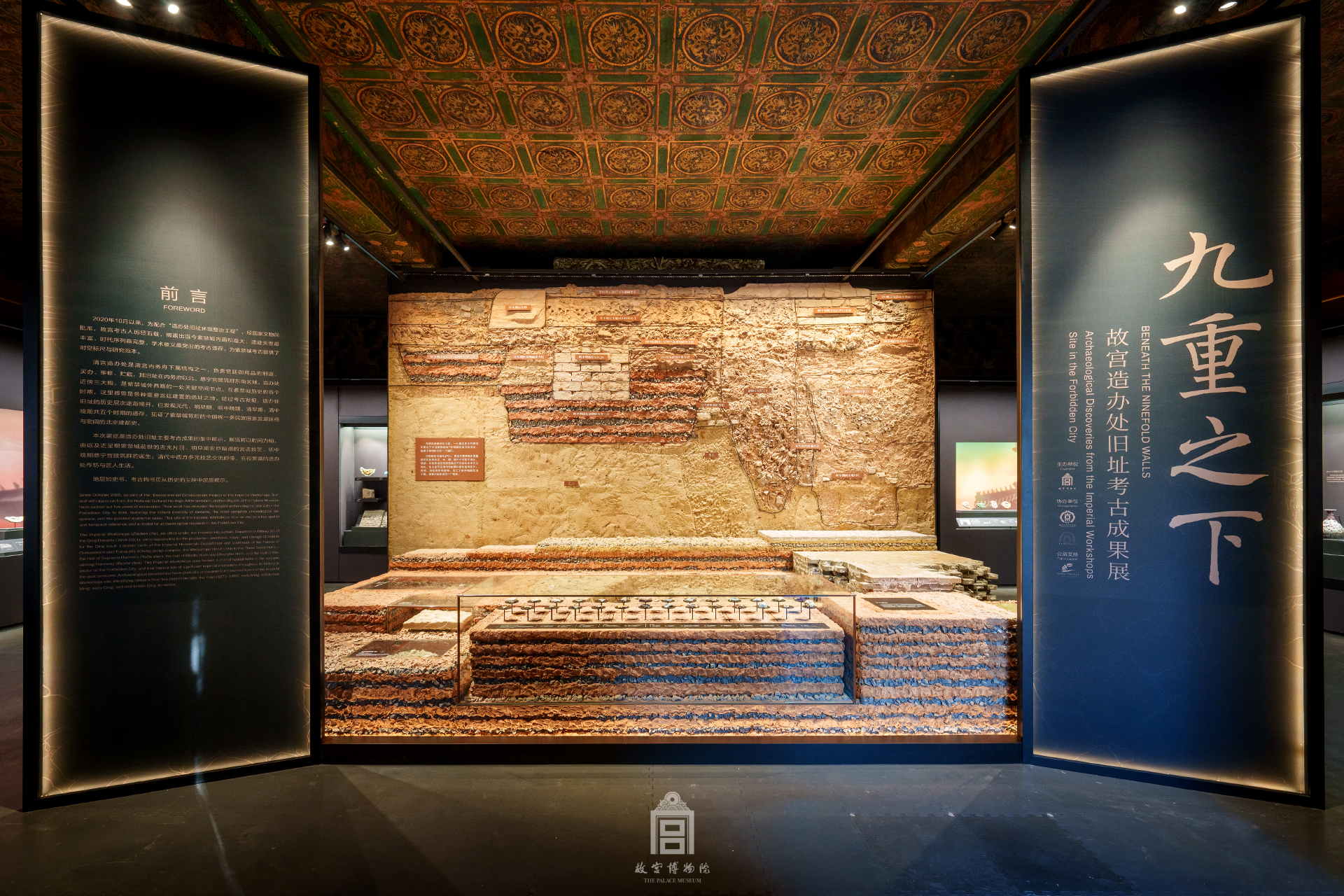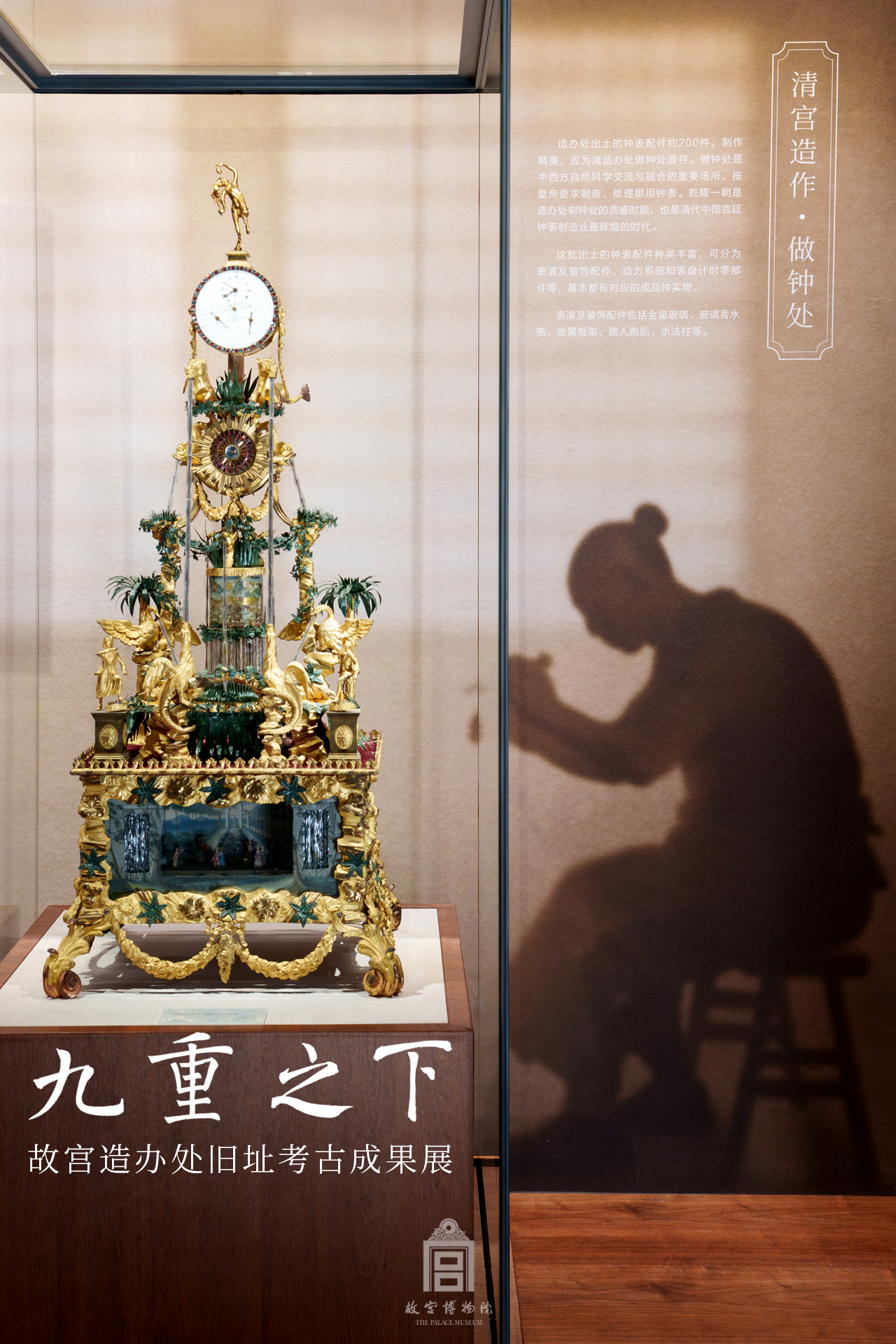On October 27, Chinese President Xi Jinping, also general secretary of the Communist Party of China (CPC) Central Committee, visited the exhibition “A Century of Stewardship: From the Forbidden City to the Palace Museum.” In his remarks, he stated that the cultural genes of the Chinese nation are embedded in the Palace Museum, making it an important hallmark of Chinese civilization. He emphasized that protecting the Palace Museum is “a matter of great significance to the nation and a glorious mission for its staff.” Standing at a new juncture after a centennial journey, Xi called on the museum to carry forward its fine traditions, adhere to the principle that cultural relics belong to and should serve the people, strengthen relic protection and restoration, and enhance the revitalization and utilization of cultural heritage. Moreover, he also urged efforts to make the Palace Museum a major base for patriotic education and a key window through which people around the world can better understand Chinese civilization and the Chinese nation. His words deeply inspired and encouraged the museum’s staff.
Upholding the principle that cultural heritage belongs to and should serve the people, the Palace Museum continues to make archaeological achievements accessible to the public. On November 3, the opening ceremony of the exhibition “Beneath the Ninefold Walls: Archaeological Discoveries from the Imperial Workshops Site in the Forbidden City” was held at the Palace Museum. The event was hosted by the Palace Museum, with the Beijing Institute of Archaeology and the Jingdezhen Imperial Kiln Institute as co-organizers.
Distinguished guests in attendance included Wang Xudong, member of the Party Leadership Group of the Ministry of Culture and Tourism and director of the Palace Museum; Yan Yalin, director general of the Department of Archaeology of the National Cultural Heritage Administration; Shen Ruiwen, dean of the School of Archaeology and Museology at Peking University; and Dong Xinlin, deputy director of the Institute of Archaeology of the Chinese Academy of Social Sciences. Also present were Lou Wei, executive deputy director of the Palace Museum; representatives from the National Centre for Archaeology, the Archaeological Institute of the National Museum of China, Beijing Institute of Archaeology, the Jingdezhen Imperial Kiln Institute, and Forbidden City Cultural Heritage Conservation Foundation; as well as Zhang Hua, deputy secretary of the Party Committee and secretary-general of the China Youth Development Foundation, and Zhang Yan, chairperson of the Mercedes-Benz Star Fund Management Committee. The ceremony was presided over by Wang Yuegong, deputy director of the Palace Museum.

Since October 2020, as part of the “Imperial Workshops Site Environmental Enhancement Project” and with approval from the National Cultural Heritage Administration, archaeologists of the Palace Museum have conducted a five-year excavation at the site of the Imperial Workshops (Zaoban chu). Their work has revealed relics from five historical periods, the Yuan, the early Ming, mid-to-late Ming, early Qing, and mid-to-late Qing dynasties, yielding the most significant results in the history of Forbidden City archaeology to date. These discoveries provide valuable new archaeological evidence for understanding the Forbidden City’s early history, interpreting its underground archaeological records explaining the historical and cultural value of its architecture, and enriching the study of Beijing’s architectural evolution.

The exhibition presents 166 pieces (sets) of artifacts from the former site of the Imperial Workshops, displayed across two sections.
The first section, “The Earth’s Archives Beneath the Forbidden City: Stratified Layers from the Yuan, Ming, and Qing Dynasties,” retraces the site’s origins through a central display platform and three thematic parts: “Echoes of the Jin and Yuan Dynasties: Layers Beneath the Ming-Qing Forbidden City,” “Emperor Yongle’s Founding Vision in Early Ming,” and “The Demolition of a Buddhist Sanctuary and the Rise of a New Ming Palace.” It reveals the hidden world beneath the Forbidden City, from remnants of the Yuan Dynasty (1271-1368) capital to solid foundations laid during the construction of the imperial palace in the Ming Dynasty (1368-1644), and the later renovations during the reign of the Ming emperor Jiajing. These archaeological layers tell the story of the imperial capital, reflecting the height of ancient Chinese craftsmanship and architectural ingenuity.
The second section, “The Imperial Workshops of the Qing Court: The Artisanal Center in the Forbidden City,” features thematic areas including “gold and jade craftsmanship,” “glassware unearthed from the site,” “Qing Dynasty (1644-1911) porcelain,” “clockmaking workshop,” and “craftsmen’s daily life.” This section highlights the Imperial Workshops’ role as a hub for producing imperial objects and as a key platform for cultural exchange between China and the West. Historical records are cross-referenced with archaeological findings, and excavated artifacts are compared against existing imperial collections. The exhibition offers a clearer picture of the Imperial Workshops, revealing traces of their production activities, providing tangible evidence of their exquisite craftsmanship, and showcasing the pinnacle of traditional Chinese artisanal skills.
This year marks the 100th anniversary of the Palace Museum. Over the past century, archaeological work has evolved in tandem with the museum’s growth. The exhibition represents a major milestone in the Palace Museum’s ongoing archaeological endeavors and embodies its enduring commitment to making archaeological achievements accessible to all.
The archaeological project at the site of the Imperial Works has benefited strong social support. The exhibition was made possible through the philanthropic contributions of the China Youth Development Foundation and the Mercedes-Benz Star Fund, reflecting a shared dedication to protecting China’s cultural heritage. Looking ahead, the Palace Museum’s archaeologists will continue to uphold the principles of cultural heritage preservation in the new era—remaining committed to fieldwork, exploring the unknown, and uncovering the origins of history—in order to return archaeological achievements to society and further promote the fine traditional Chinese culture carried by the Palace Museum.

The exhibition opened to the public on November 4 at the Palace of Eternal Longevity (Yongshou gong) in the Palace Museum and will run for three months.



